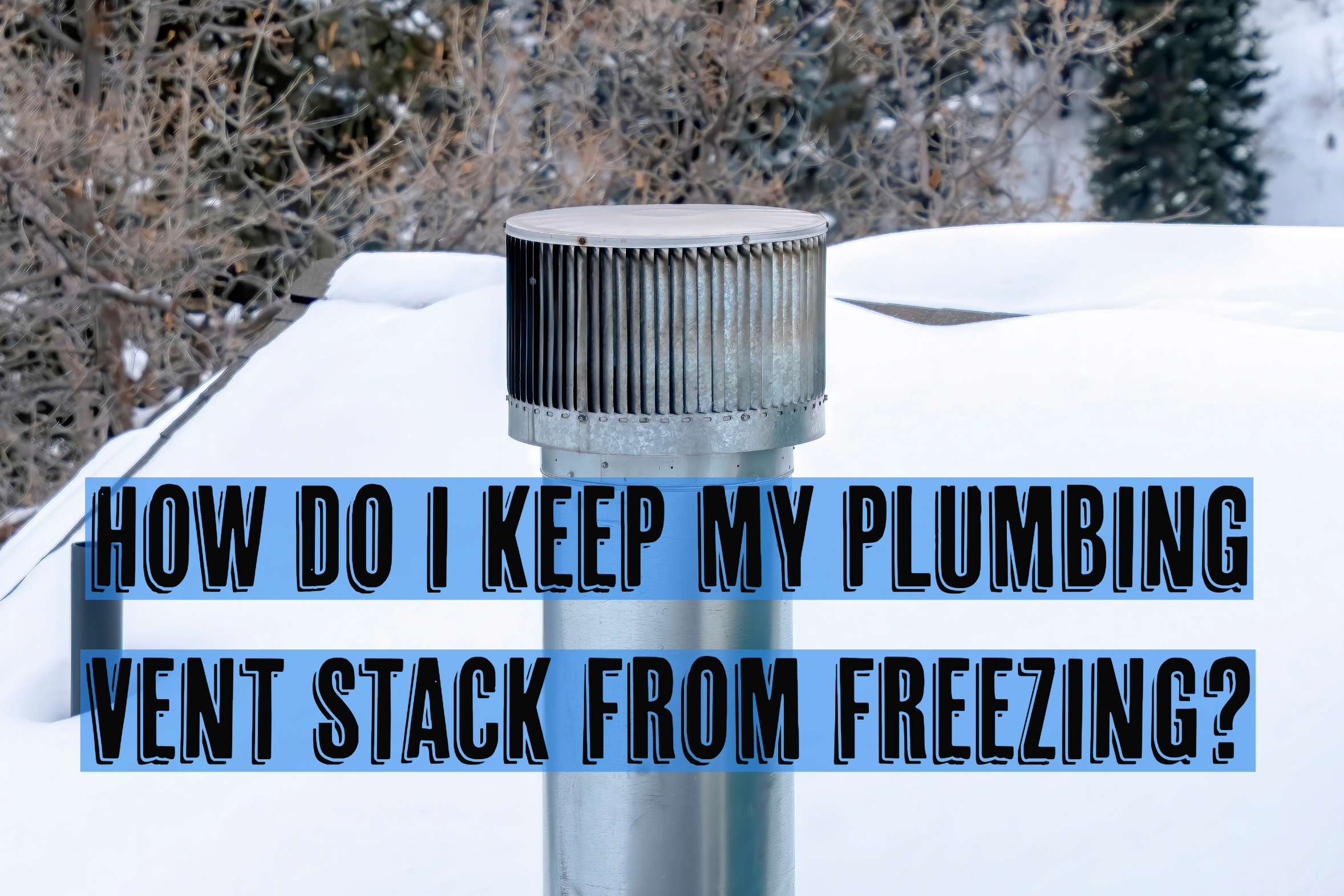During the winter season, your plumbing system can face risks due to low temperatures, especially in Ohio. Did you know that extremely cold weather can cause the plumbing vent stack to freeze? This can lead to the accumulation of harmful sewer gases inside your home. You might be wondering what a plumbing vent stack is, and that’s okay. The truth is, these stacks are often overlooked and don’t always get the attention they deserve. But no judgment!
Your plumbing system consists of various important components. It can be challenging to keep track of everything if you’re not a professional. That’s where our trusted team at Loveland Plumbing & Drain comes in! So, let’s explore some essential methods to protect your plumbing vents, ensuring a cozy winter season for you and your family.
Know the Role of Your Plumbing Vents and the Vent Stack:
Most homes have a single-vent stack on the roof. These vent stacks serve as the “end piece” of the plumbing vent system, connecting all the drain lines in the house – sinks, toilets, tubs, and more. Some houses may even have multiple vent stacks on their roofs. Bear in mind that vent stacks are typically made of materials like cast iron, steel, galvanized steel, PVC, or CPVC.
Plumbing vents and the vent stack play a vital role in eliminating unpleasant sewer gases from the plumbing system and, ultimately, your home. They exit your home through the plumbing vents to the vent stack on your roof. While often overlooked, they are like the unsung heroes of your plumbing system. They not only control plumbing odor and prevent gas buildup but also regulate air pressure, prevent backflow and siphoning, and ensure everything runs smoothly. However, what happens to the vent stack in cold regions during heavy snowfall? When a vent stack becomes frozen and blocked with ice, it can no longer function properly, resulting in various plumbing issues. To avoid this plumbing catastrophe, check out some tips to prevent ice buildup in the vent stack.
How to Identify a Frozen Vent Stack:
To visually inspect a vent stack, stand on the ground outdoors and simply look up. Then check for ice buildup on the top of the vent stack, as it may indicate it has frozen over. Additionally, slow flushing toilets or gurgling sounds from the toilet can also be signs of a frozen vent stack.
How to Prevent a Vent Stack from Freezing:
- Pipe insulation is a simple yet effective tool. To prevent ice buildup, consider using pipe insulation on the vent stack area that is accessible from your attic.
- If you’ve encountered this issue multiple times, you can try using heat tape as an alternative solution. Apply heat tape to the accessible part of the vent stack in your attic, following the manufacturer’s safety instructions.
- You can cover your vent stack with an insulated cap.
- To prevent freezing, periodically pour warm water down infrequently used drains, especially floor drains, and also let hot water run from faucets. This keeps the traps full and helps prevent freezing.
- If your vent stack is already frozen, open the attic door to let warm air from the lower level of your house in. This can help thaw your frozen vent stack faster. Just keep in mind that it may temporarily increase your heating expenses.
- Don’t let outdoor debris like leaves and twigs pile up on top of or near the vent stack. When combined with winter weather, loose debris can cause a larger and more difficult-to-remove ice blockage. However, safety should always come first! Unless you’re a professional, it’s best to avoid climbing onto your roof.
To prevent your plumbing vent stack from freezing this winter and ensure smooth operation of your plumbing system, follow these tips in this blog. Also, remember that performing regular maintenance and taking preventive measures always helps keep your plumbing system in excellent condition.
If you’re experiencing any issues with plumbing vent stacks or have other plumbing concerns, feel free to reach out to Loveland Plumbing & Drain. We’re here to help! Call us today at (513) 644-0556, or schedule an appointment now by clicking here! We wish you a safe and trouble-free winter!

